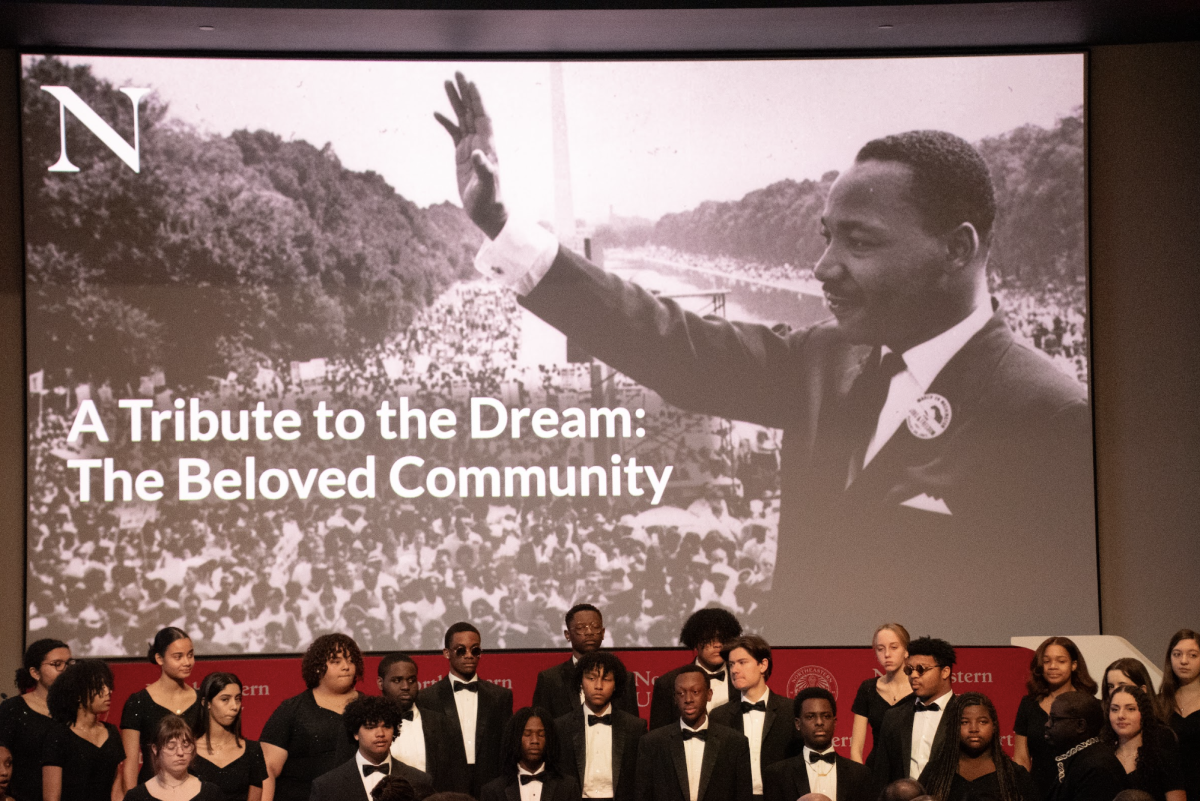By By Jared Sugerman, News Staff
I went with two friends to watch our football team face Boston College Saturday at Alumni Stadium. Our group would have been larger by one, if another person hadn’t decided that she ‘didn’t want to waste the money.’
‘ We rode the Green Line to Newton, all three of us wearing Northeastern University apparel. While on the train, we met an elderly Boston University alumnus who said little other than ‘Give ’em hell, boys. This is your chance.’ He probably assumed that most of our contingent’s most venomous commentary would be aimed at the Eagles on the field; instead, it went toward other fans and our own head coach, Rocky Hager.
Hager was chosen to lead the Huskies in 2004. Since then, his teams have had minimal success, and the program even drew near dissolution. So far, this season has shown little promise, beginning as it did with a 54-0 loss on Chestnut Hill.
On Saturday, many became frustrated with Northeastern’s monotonous offense and porous defense; instead of cheering, a few began to chant. Their favorite refrain was sung to the tune of ‘Let’s go Huskies!,’ with the words ‘Fire Rocky’ in place of those more commonly heard lyrics. Few others joined my friends as they sang their disapproval. Perhaps they chose not to voice their criticism because they had expected the one-sided contest, and so they would not have been disappointed by a first quarter deficit that soared to 21 points.’ But it may also be the case that their ignorance of Northeastern football left them wondering, ‘Who is Rocky?’
Certainly, Hager is partially responsible for Northeastern’s on-campus irrelevance. But it seems unfair to lay blame upon a coach whose program seems to be in flux each off-season, as he wonders where his team will play its home games, or if they will even be retained and supported by the university.
Too often, college coaches are made scapegoats for a team’s lack of success. They are well-paid leaders of amateur athletes who, of course, cannot be fired, and are thus forced to accept the burden of failure, whether or not they have been given an opportunity to succeed by the institution that they represent.
Well-decorated college programs are often molded in the image of a head coach who has been given the resources necessary to compete. As each coach’s contract value continues to rise, the pressure to win increases. Athletic directors might let go of a coach with good potential if they do not see a favorable return upon their large investment.
Coach Hager has been given enough time to build Northeastern’s program in the way that he has deemed to be appropriate. His team’s have not done well, but the fault is not his alone; the university has not consistently lent its full support to him and his program, making it more difficult for Hager to recruit the athletes that he prefers.
I can understand the frustration of Husky fans, but firing Rocky is unlikely to solve the woes of this program. Instead, my friends should have chanted either ‘Support Rocky,’ or ‘Cut the program.’
‘- Jared Sugerman can be reached ‘
at [email protected].








